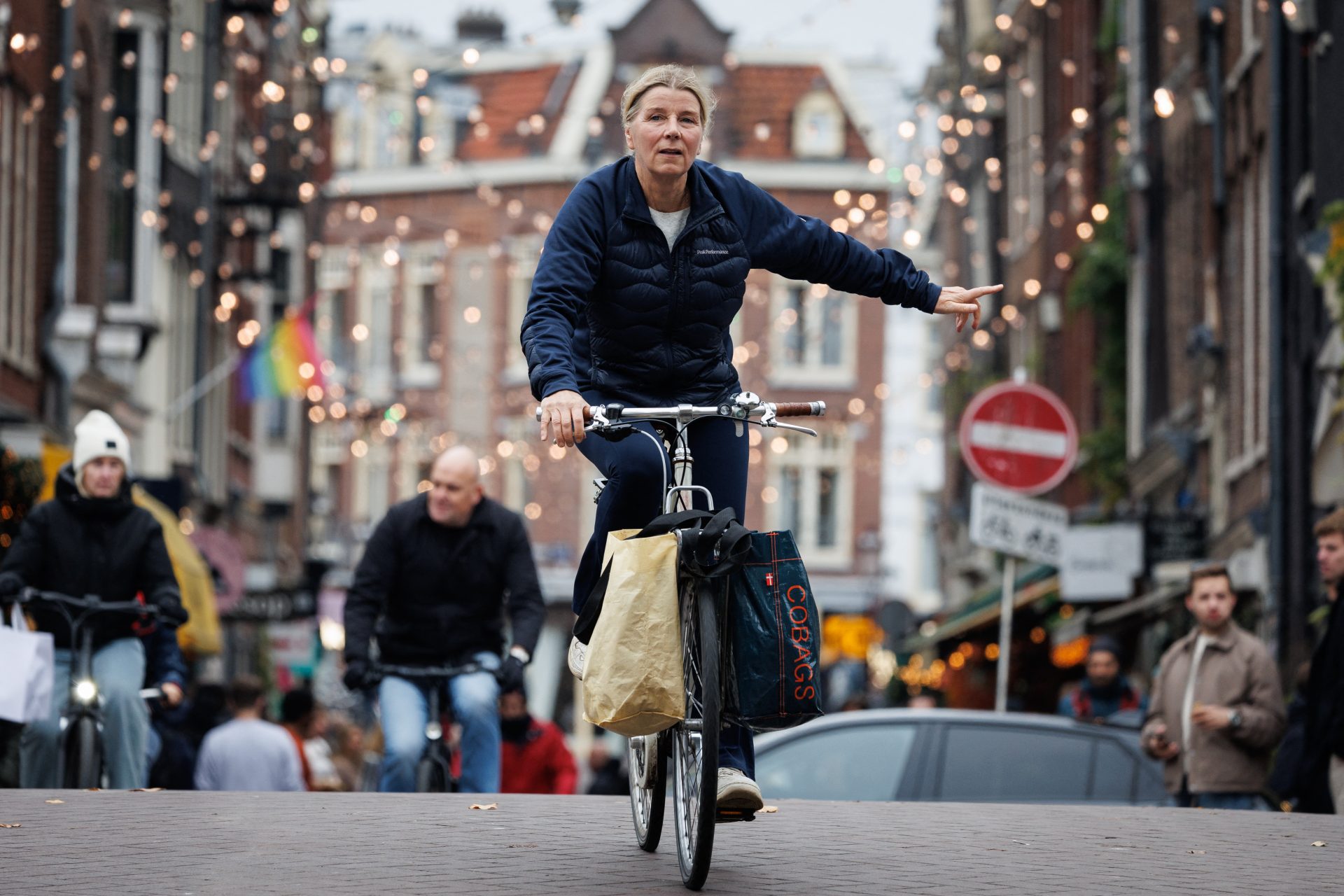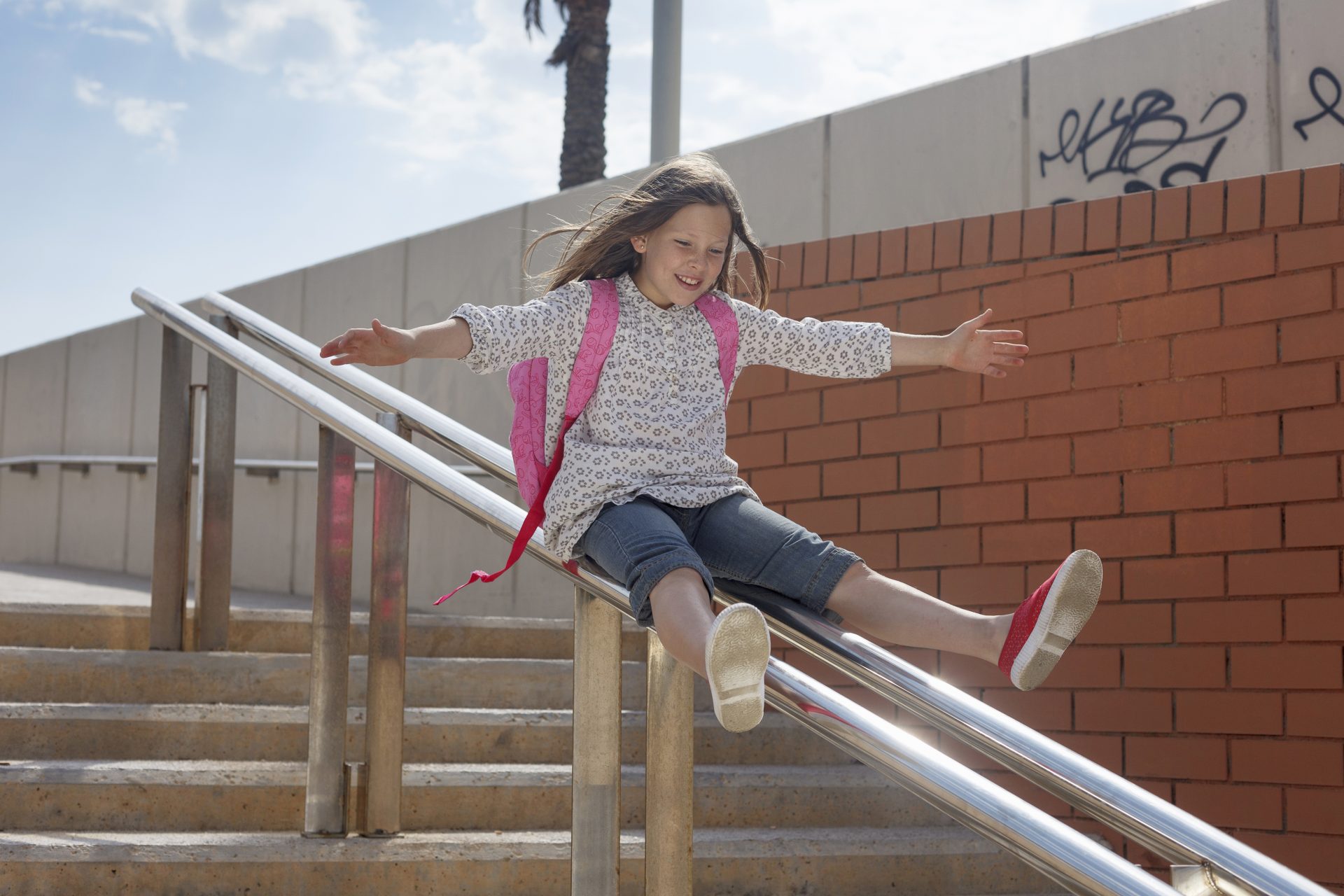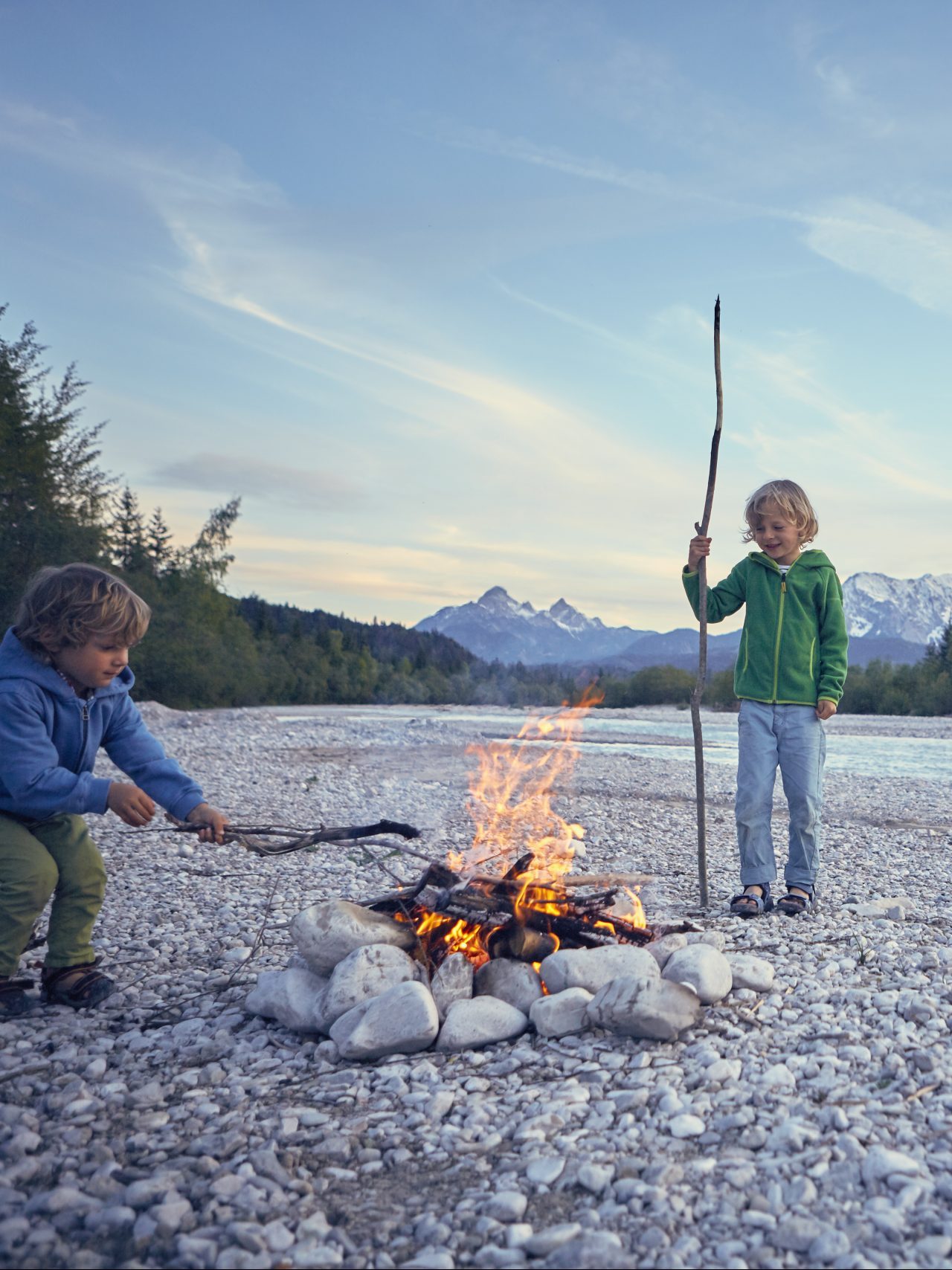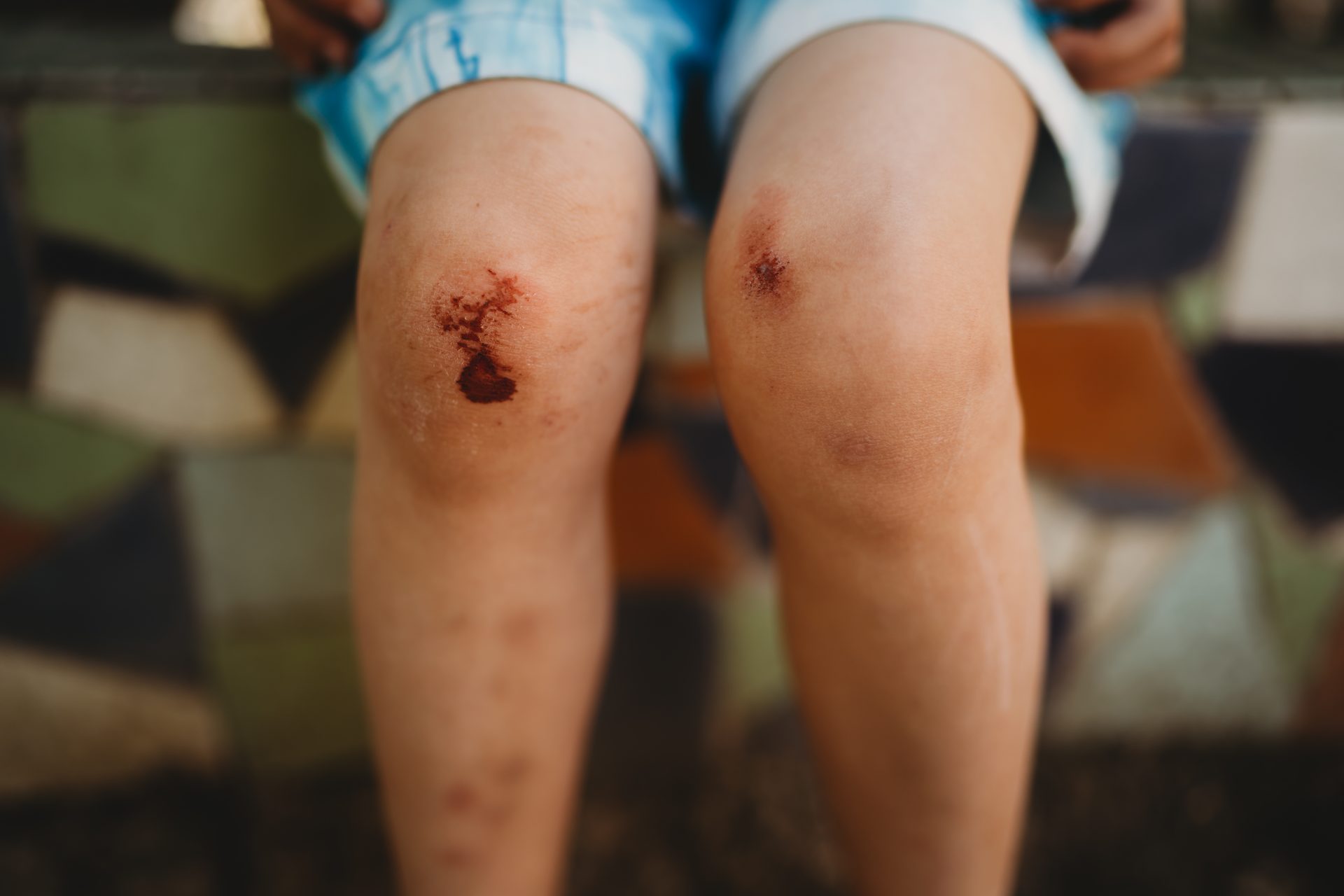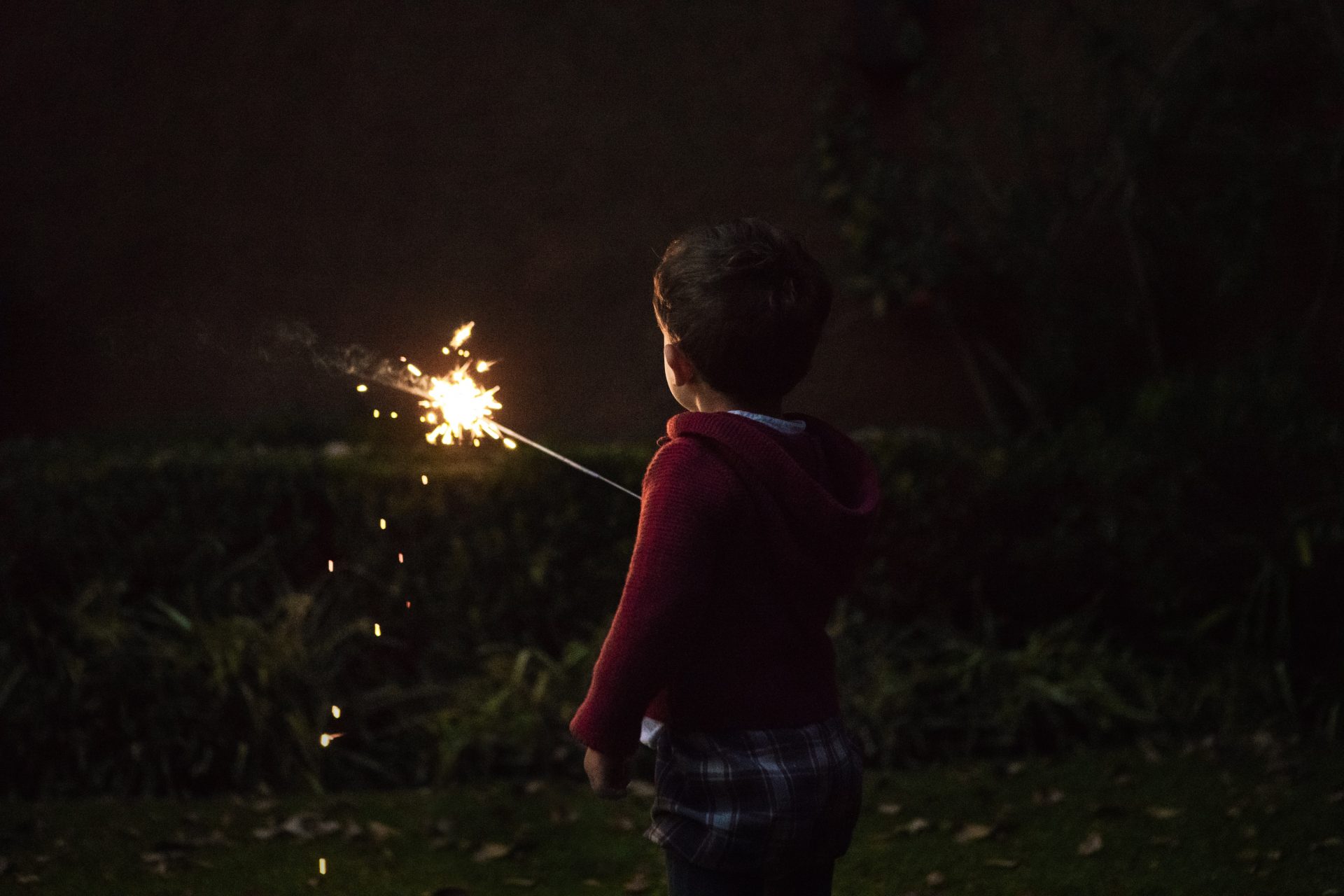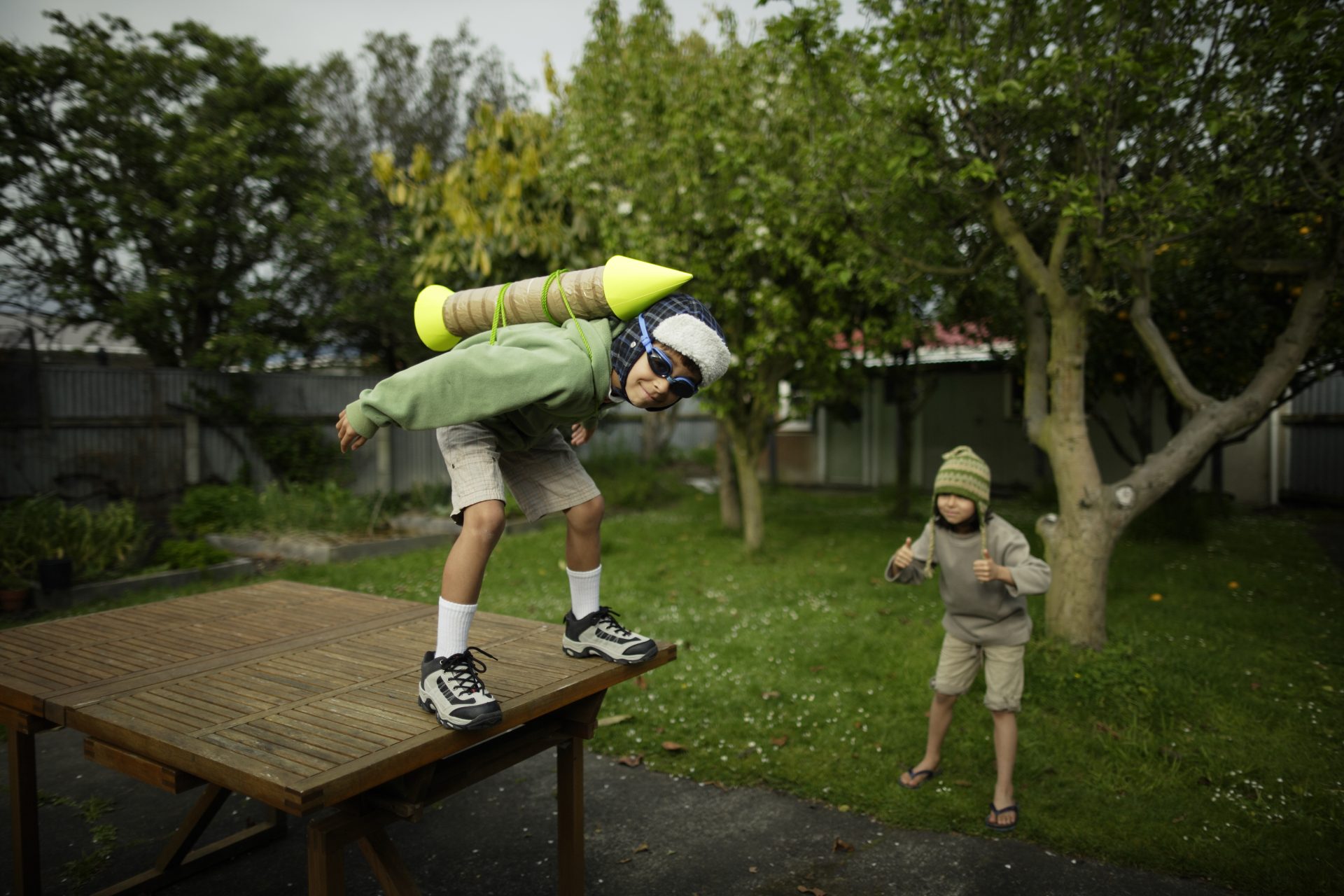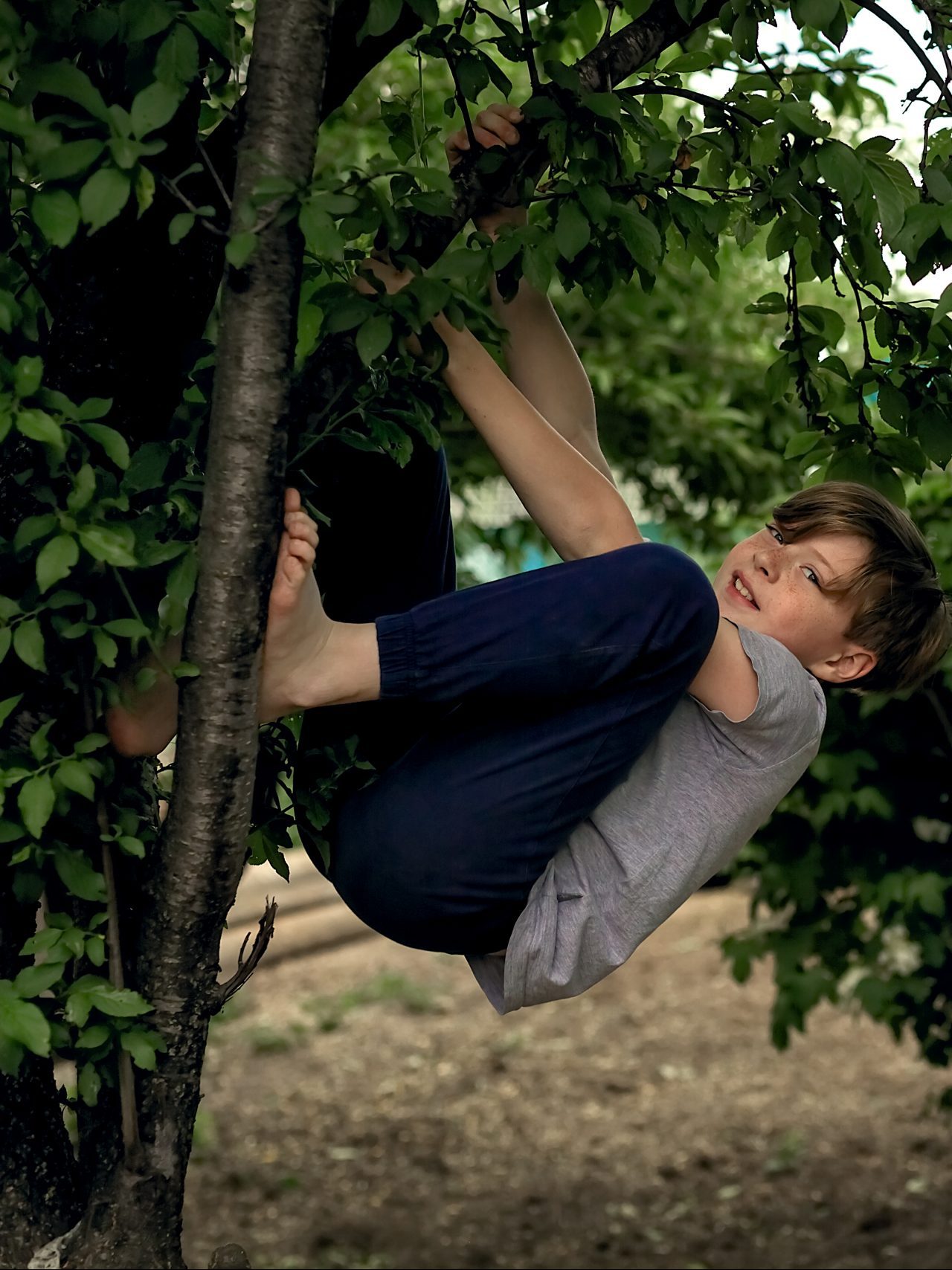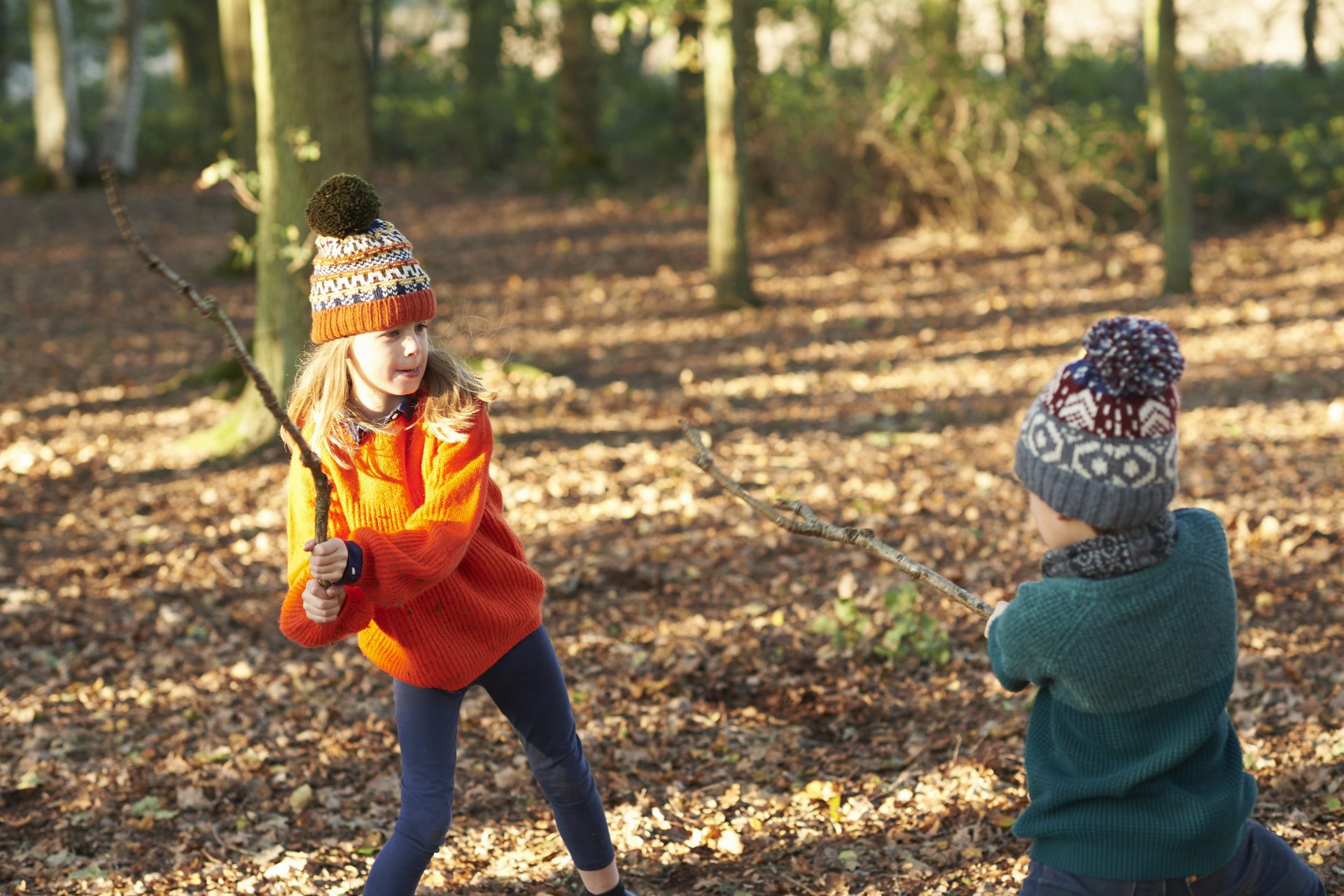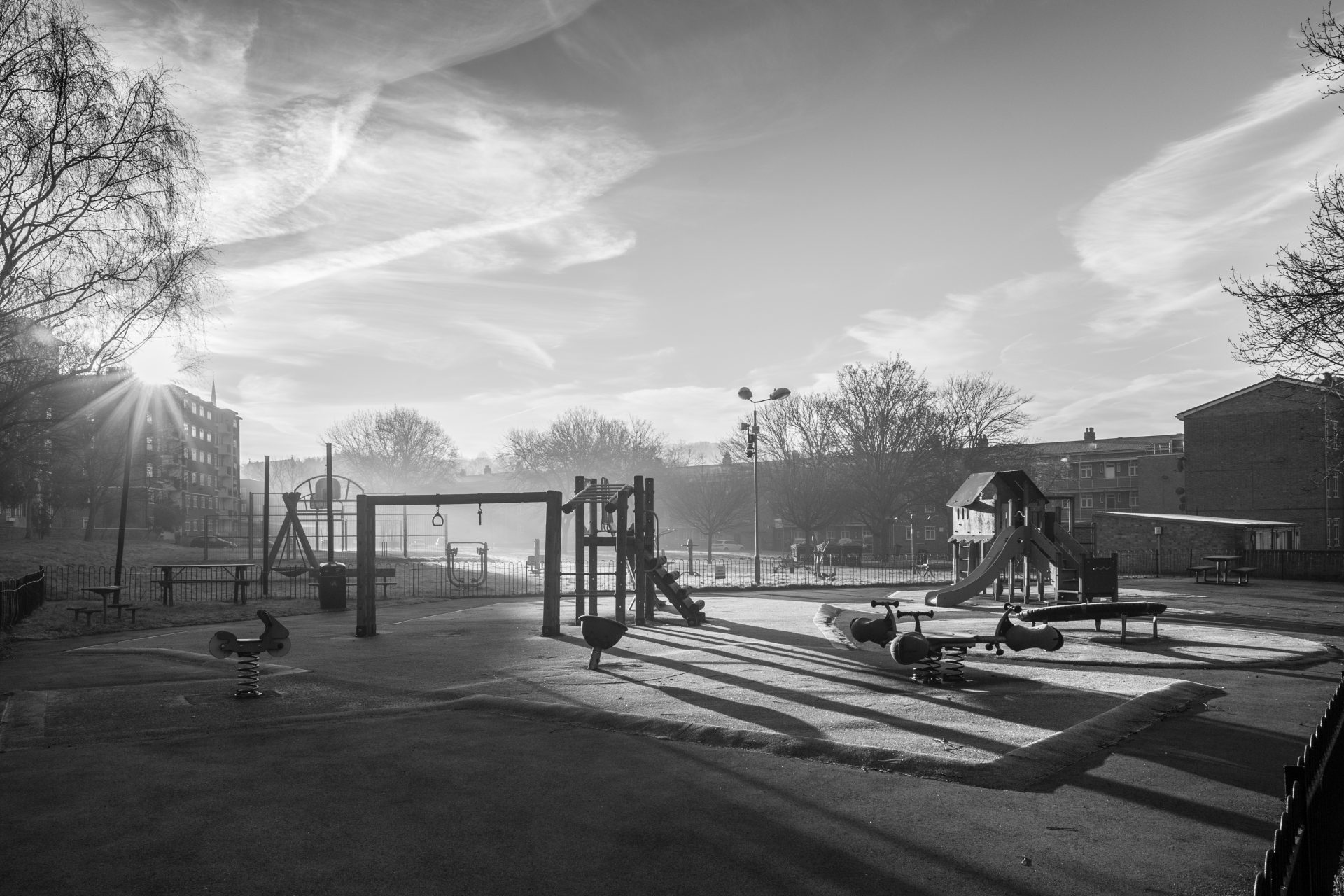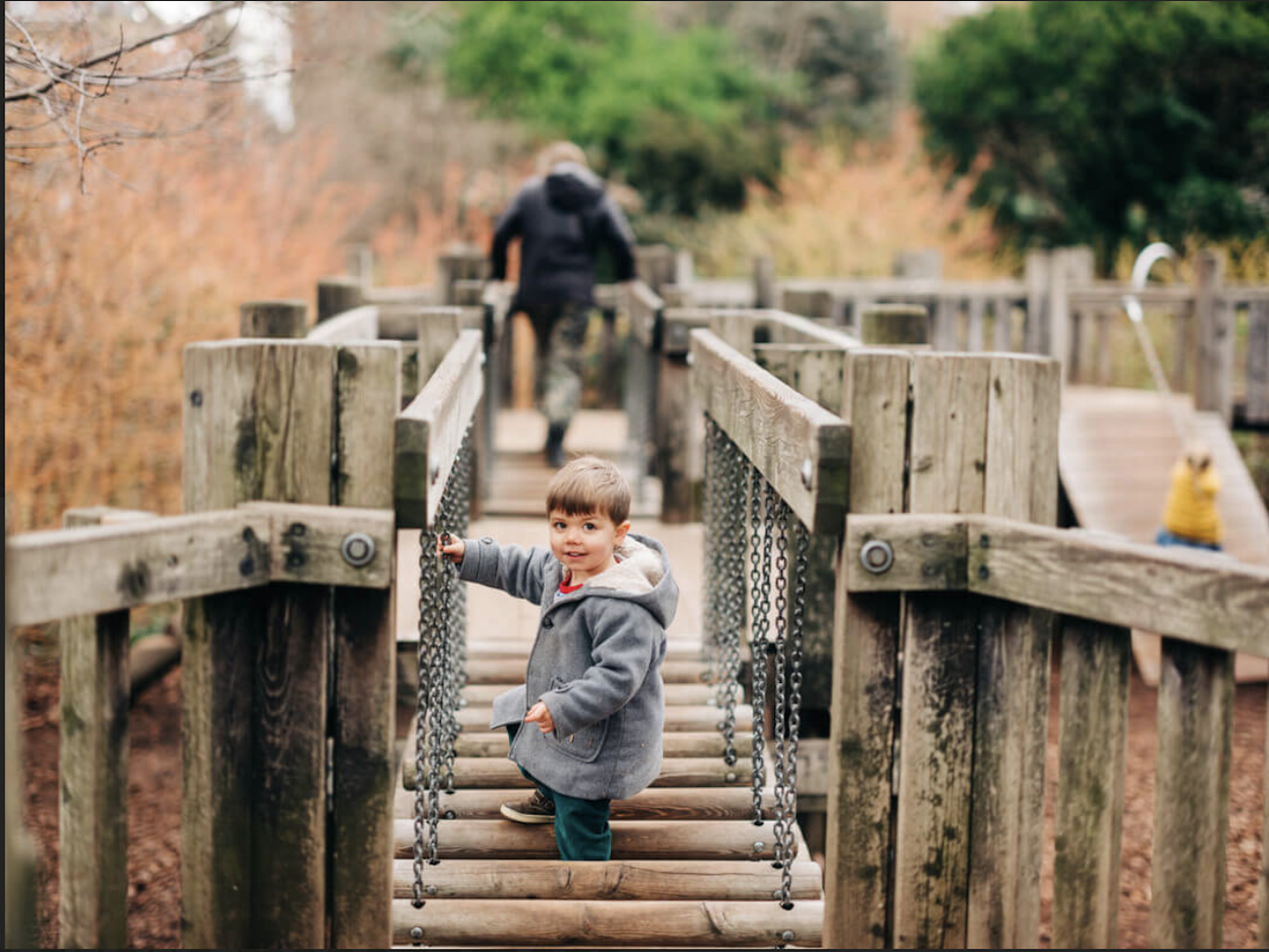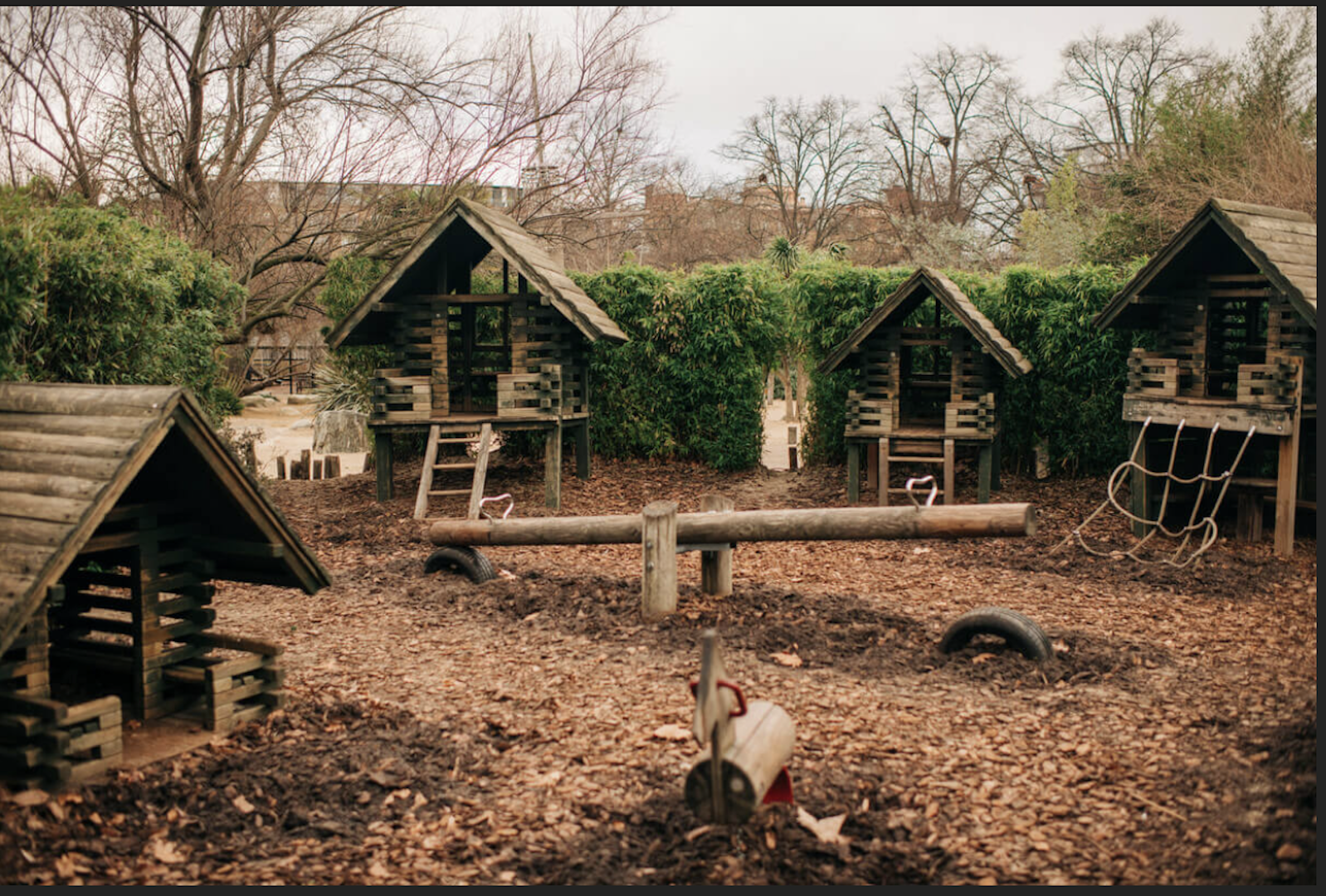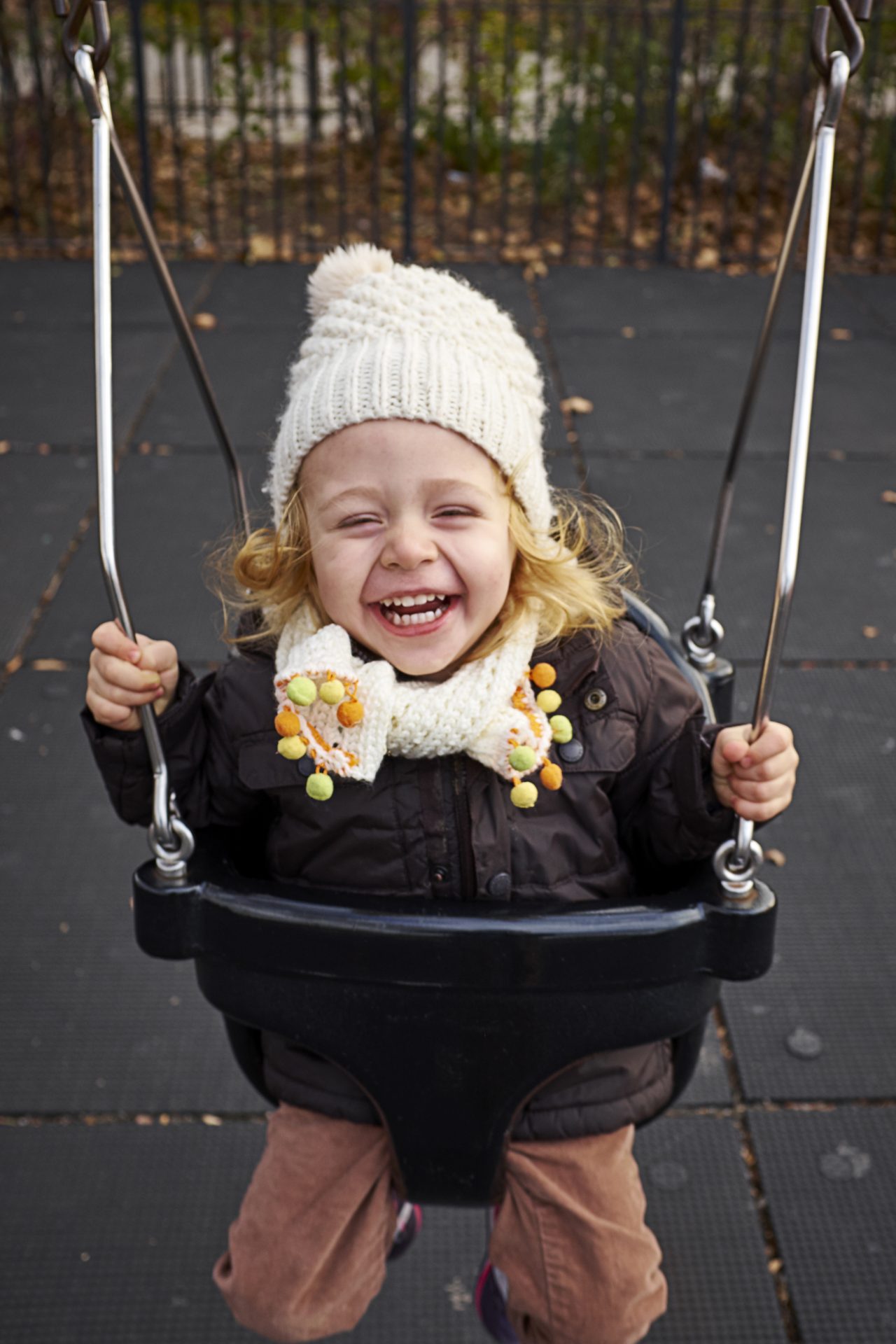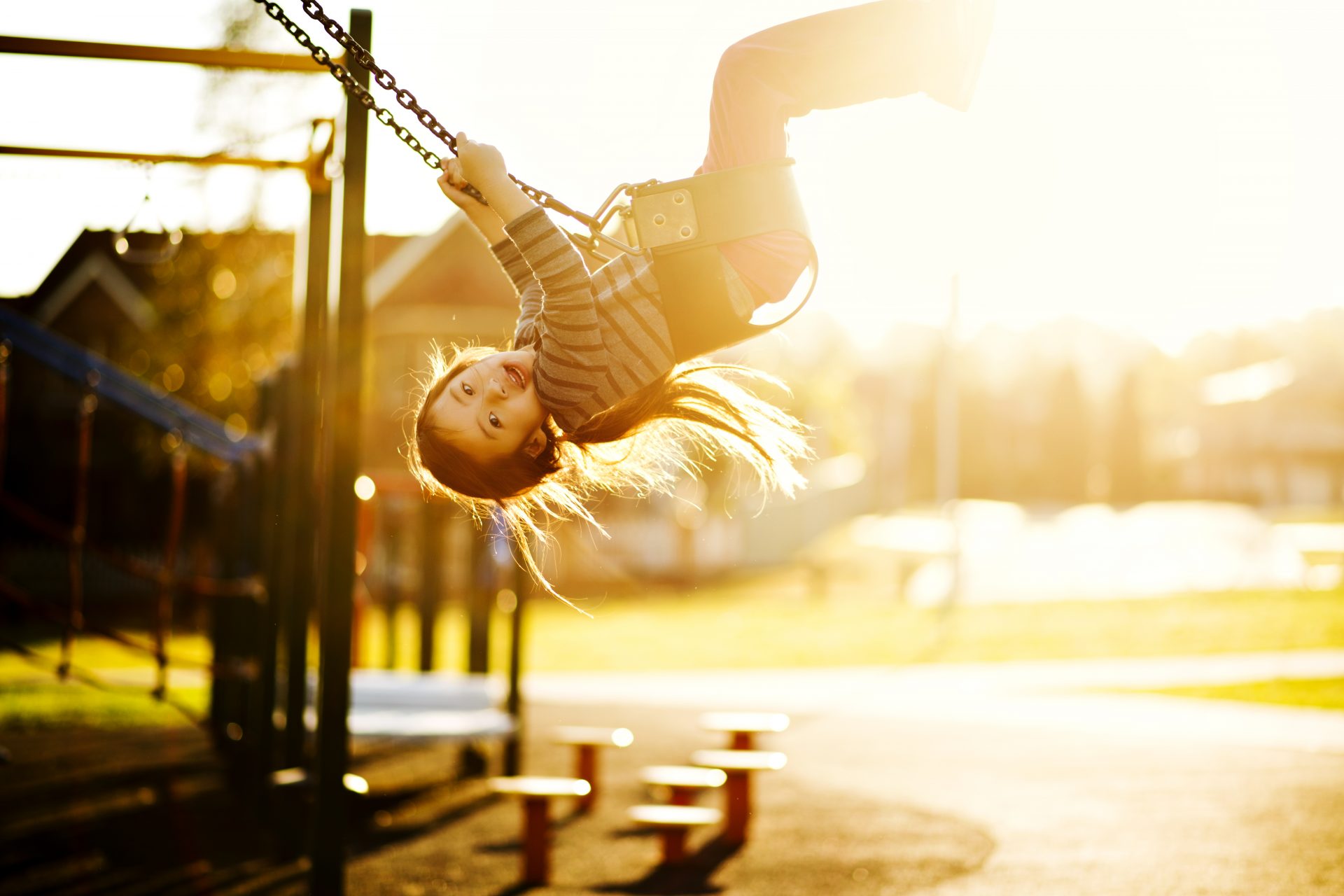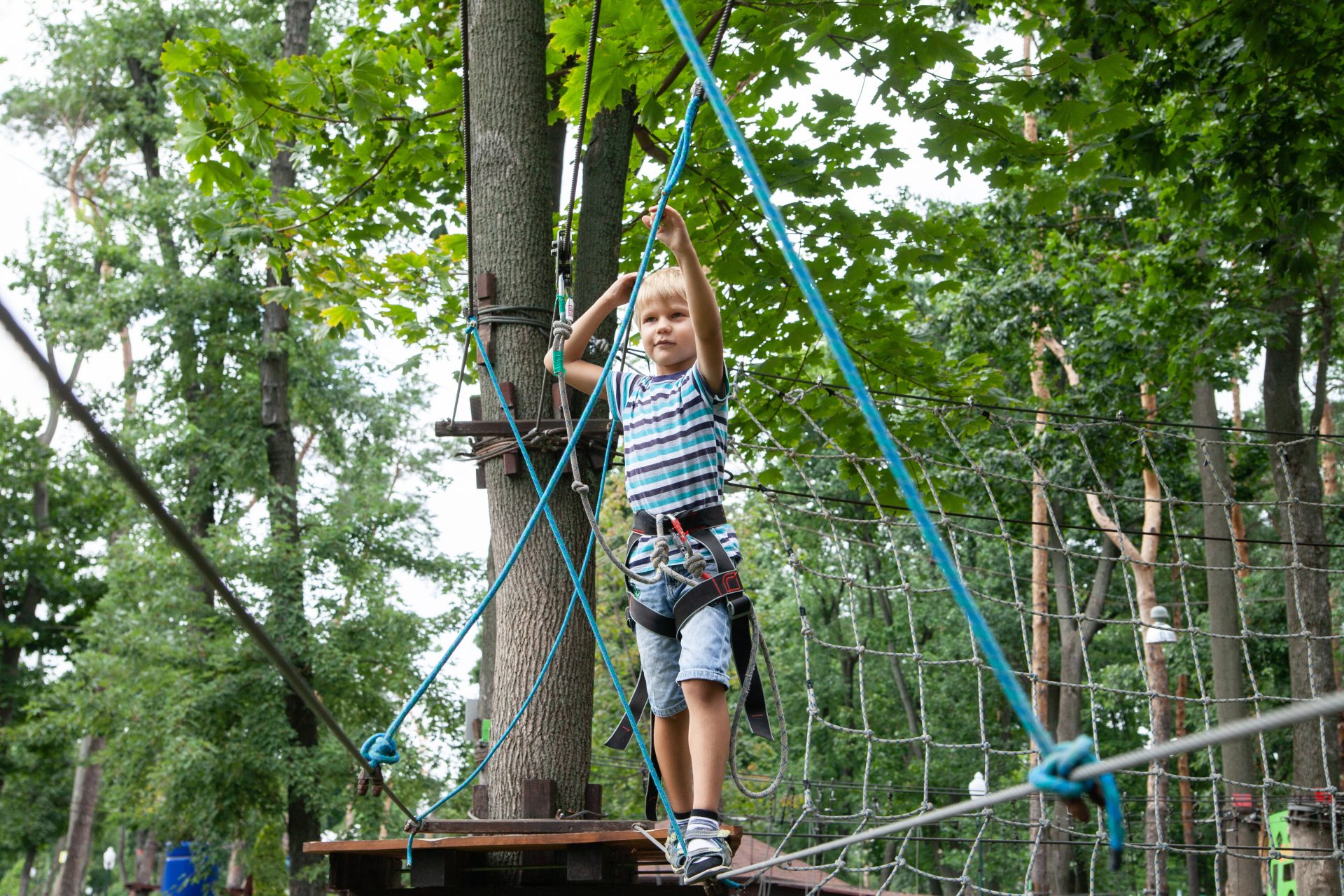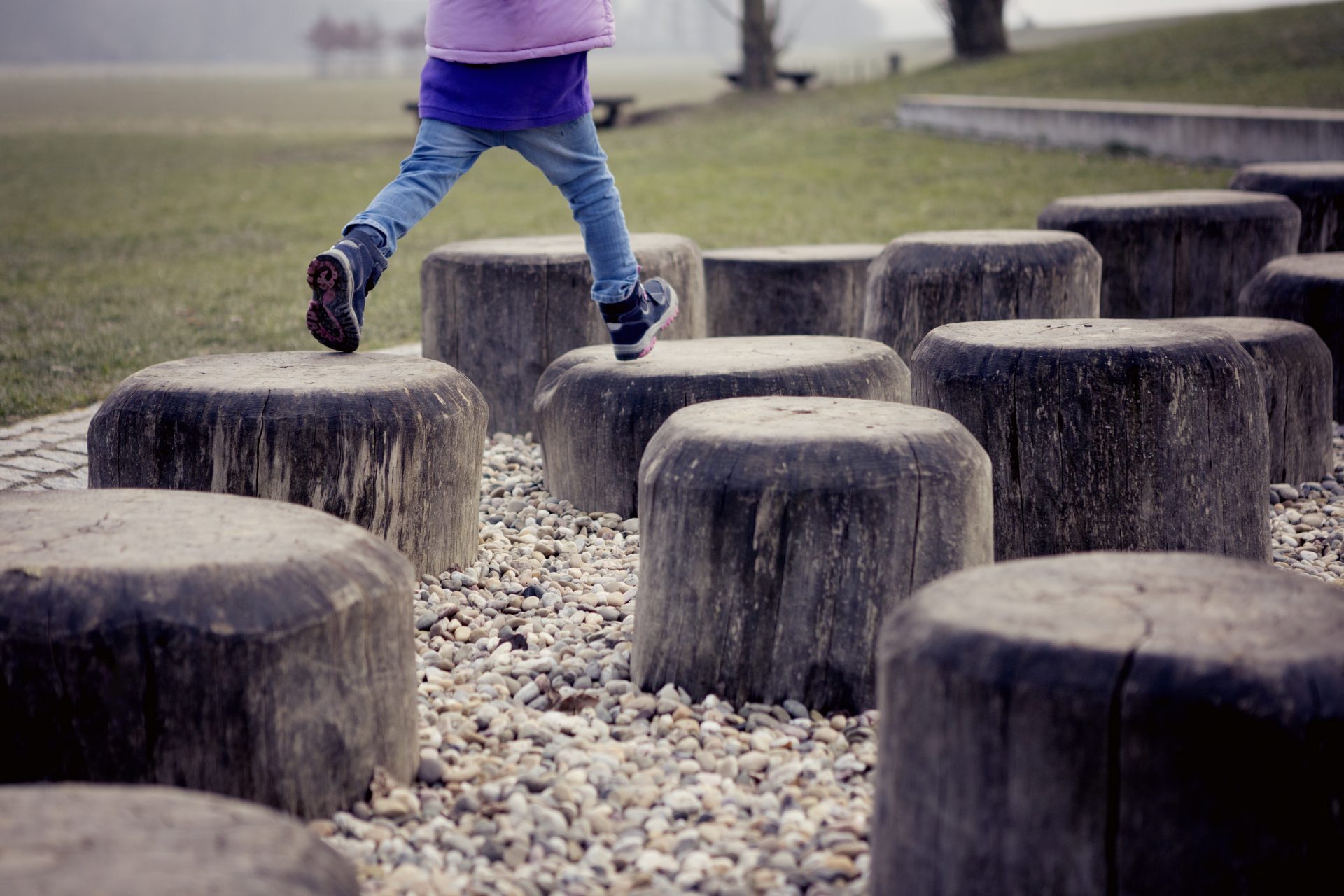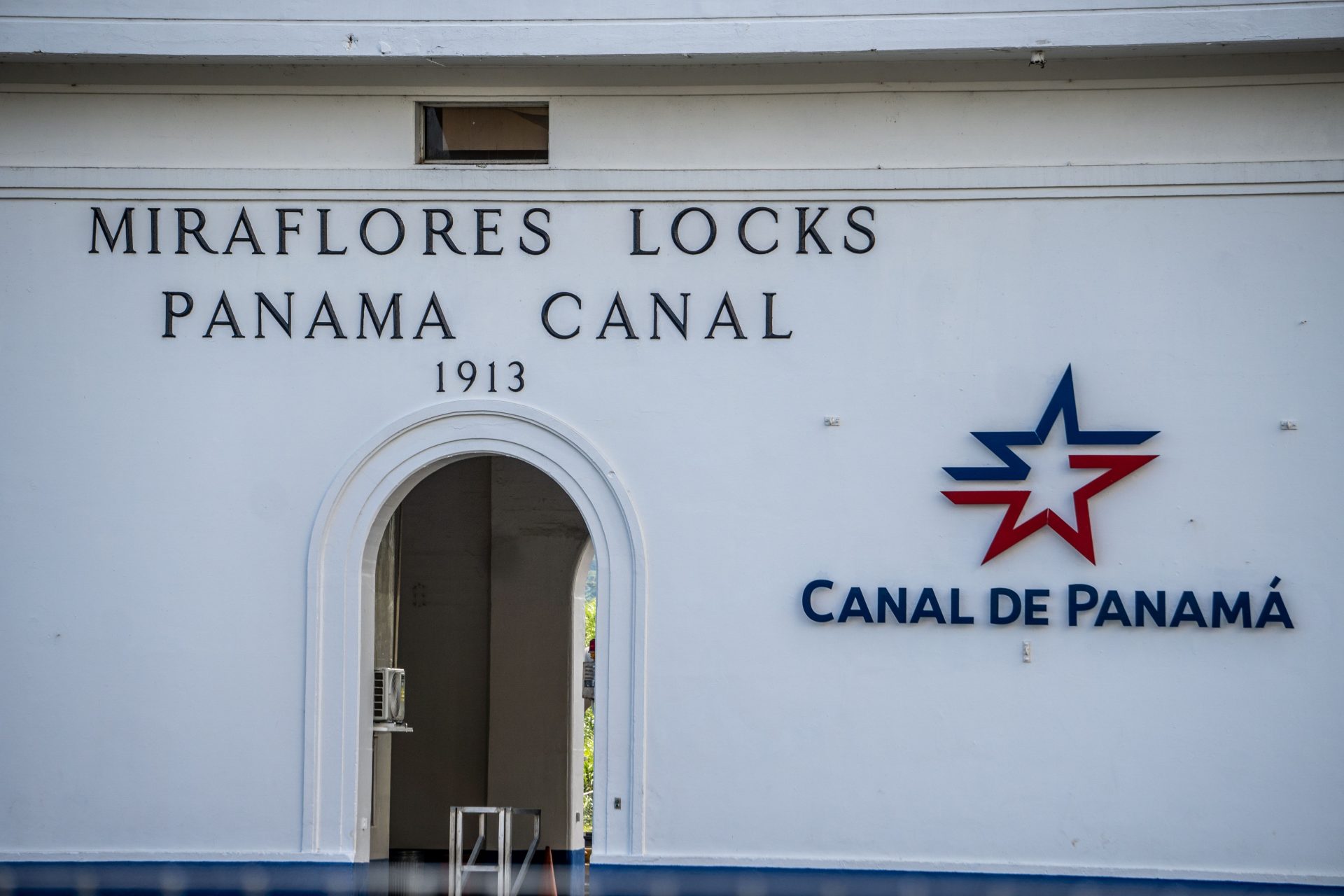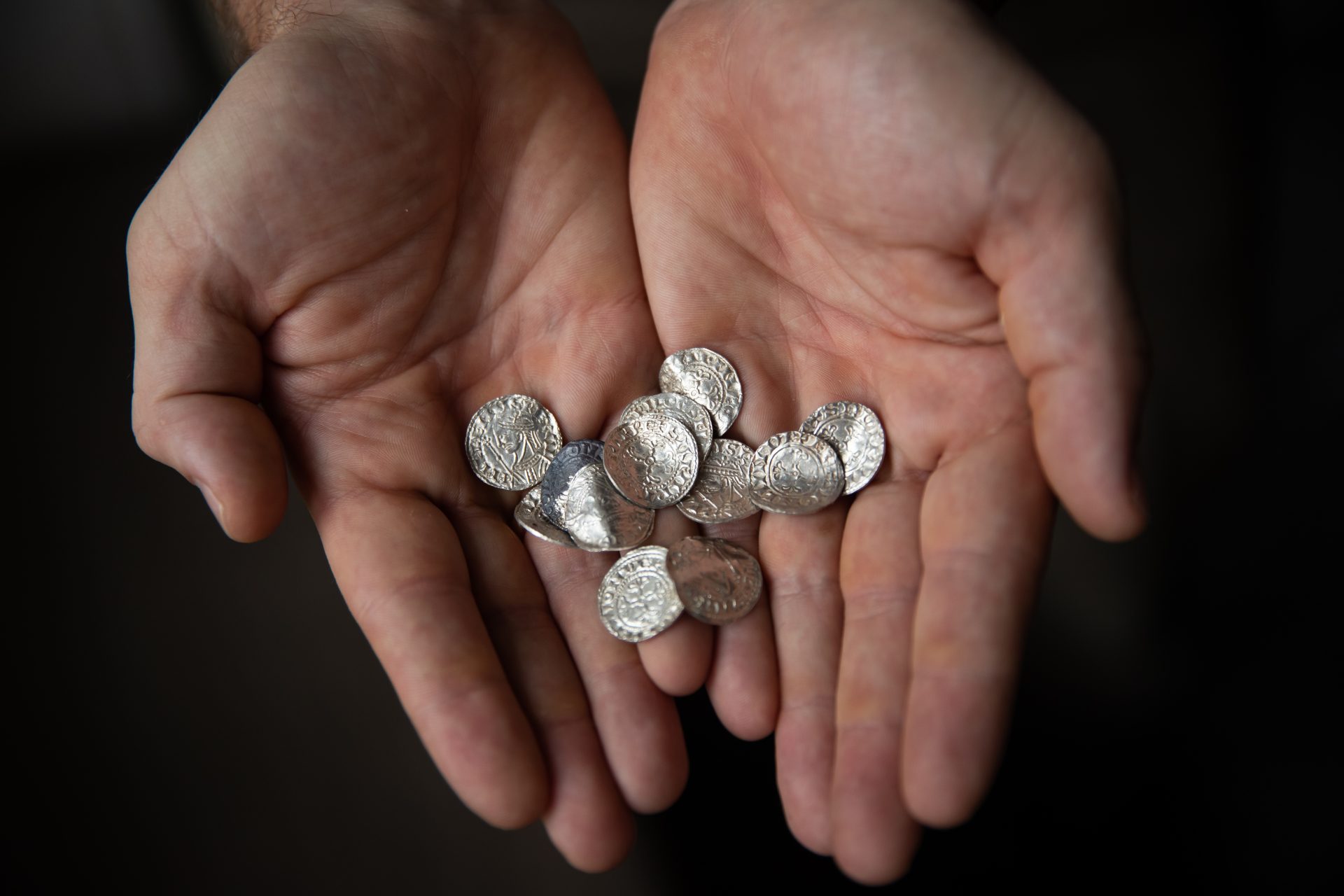Risky play makes a comeback as the pros outweigh the cons
When we picture the Dutch, we picture them on bikes and barges. What we don’t imagine is that their sedentary habits have earned them the dubious distinction of being the sitting champions of Europe.
Now politicians are latching onto the fact that a sedentary lifestyle begins in childhood and it is about time that risky play was reintroduced into Dutch society.
Driven by the centrist D66 Liberal Democrat party, a cry has gone up to dismantle risk-free playgrounds in Amsterdam, replacing them with opportunities for children to play with fire, both literally and metaphorically.
The party states that “Rufty-tufty playing means that children might get a bump or a cut,” but insists such manageable injuries are all part of growing up.
“The inspiration is that children are hardly moving,” said Rob Hofland, head of Amsterdam’s local D66, in The Guardian. “All kinds of problems stem from just sitting behind a screen.”
“We see increasing numbers of burnouts and we are learning ever more about how unhealthy it is that the Dutch are so sedentary. Things need to change, and it starts young,” he added.
According to research published in the encyclopedia of Early Childhood Development, risky play could help relieve problems such as anxiety.
Researchers specifically stressed that risky play supports children’s learning about uncertainty, physiological arousal and effective coping.
The Dutch are thinking along the lines of outdoor play areas where children can climb, play with water and fire, swordfight with sticks, build with hammers, rope or knives, wrestle and fall, The Guardian reports.
Norway has already officially recognized that risky play has benefits for children and encourages it in its public playgrounds, say researchers published in the National Library of Medicine.
The UK also did some revisionist thinking on the issue in recent years with some schools and playgrounds introducing potential hazards.
Outside the Diana Memorial Playground in Kensington Gardens, London, a sign informs parents that risks have been “intentionally provided.”
Photo: Royal Parks website
This, it says, is “so that your child can develop an appreciation of risk in a controlled play environment rather than taking similar risks in an uncontrolled and unregulated wider world,” the New York Times reports.
Photo: Royal Parks website
The Times also notes that in the US, where litigation costs are higher than elsewhere, this rough-and-tumble trend has been slower to take off.
It is, however, catching on in Australia, Canada and Sweden with teachers and carers encouraged to see the pros as well as the cons of risk for children.
According to research from Boston University, each time a child is involved in risky play, “they are engaging in their own science experiment.”
It adds that providing children with an environment that includes elements of risk helps them “develop resilience, executive functioning skills, self-confidence, and risk-assessment abilities.”
More for you
Top Stories



